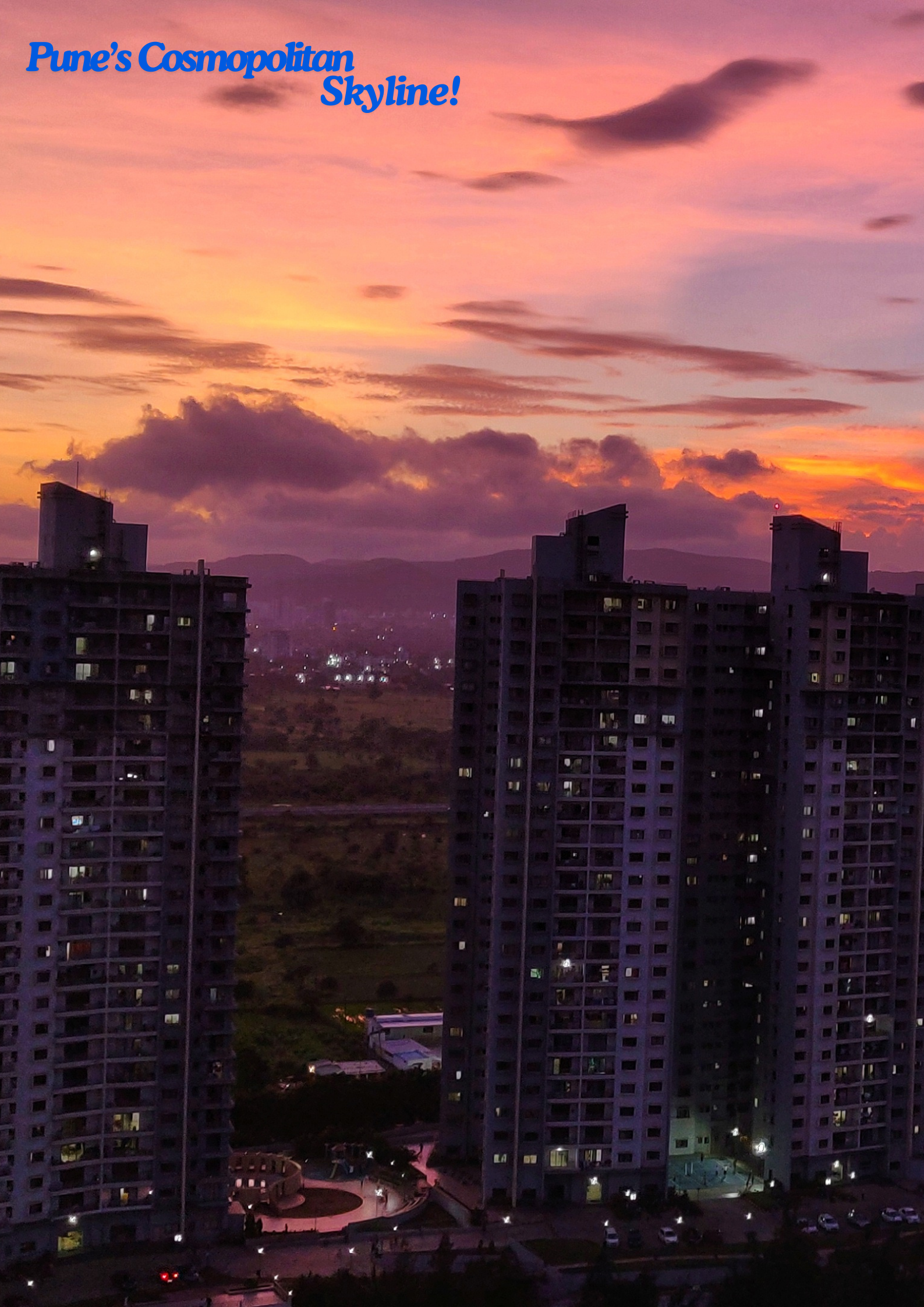Pune, located in the western Indian state of Maharashtra, has experienced a remarkable transformation over the past few years, establishing itself as a prominent metropolitan city. This evolution is marked by extensive real estate development, a booming IT sector, and a thriving educational environment. Below, we delve into the specifics of Pune’s growth in these areas, supported by relevant figures and facts.
Know actual selling prices & user reviews
Real Estate Development
Pune’s real estate sector has seen substantial growth, driven by the city’s expanding economic opportunities and increasing population. From 2015 to 2023, Pune witnessed a surge in new real estate projects, with a 42% increase in the number of residential projects launched between 2017 and 2021 alone, according to Anarock Property Consultants. Property prices have also risen significantly, with the average price per square foot standing at approximately ₹6,500 in 2023, compared to around ₹4,800 in 2016. The city has become a hotspot for affordable housing, with the Pradhan Mantri Awas Yojana facilitating the construction of over 50,000 affordable housing units in the past five years.
Infrastructure development has played a crucial role in Pune’s real estate boom. The Pune Metro project, which began in 2016, is a significant milestone. The first phase, covering 31.25 km, is nearing completion and is expected to greatly ease traffic congestion. Additionally, the development of the Pune Ring Road and the expansion of the Mumbai-Pune Expressway have improved connectivity, spurring suburban growth and making distant areas more accessible for residential and commercial purposes.
Emergence as an IT Hub
Pune has solidified its position as one of India’s leading IT hubs, attracting numerous multinational corporations and startups. The city’s IT sector has grown exponentially, contributing significantly to its cosmopolitan status. The Rajiv Gandhi Infotech Park in Hinjewadi houses over 200 IT companies, including giants like Infosys, Wipro, and TCS. The area has expanded significantly, with Phase 3 completed in recent years and plans for Phase 4 underway. Similarly, the EON IT Park in Kharadi has seen tremendous growth, hosting companies like Barclays, Credit Suisse, and Zensar Technologies.
As of 2023, Pune’s IT sector employs over 450,000 professionals, a substantial increase from approximately 300,000 in 2015. The sector’s revenue has grown from $8 billion in 2016 to over $14 billion in 2023. This growth is fueled by a combination of factors, including a skilled workforce, favorable government policies, and robust infrastructure. The IT boom has not only generated employment but also spurred the demand for residential and commercial real estate, further driving the city’s economic growth.
Educational Hub
Pune has long been known as the “Oxford of the East” due to its prestigious educational institutions. This reputation has only strengthened over the years. Savitribai Phule Pune University continues to be a major educational center, with an increase in affiliated colleges from 612 in 2015 to over 700 in 2023. The city has also seen a rise in the number of private universities, including Symbiosis International University and MIT World Peace University, contributing to the influx of students from across India and abroad.
Pune hosts over 500,000 students, with a significant percentage being international students, further adding to the city’s cosmopolitan nature. The student population has increased by approximately 20% over the past five years, driven by new educational programs and institutions. The presence of a large student community has fostered a vibrant cultural scene, with numerous events, festivals, and activities catering to the young and diverse population.
Cosmopolitan Growth
Pune’s growth is not just limited to infrastructure and industry; it extends to its cultural and demographic landscape. The city’s population has grown from around 3.1 million in 2015 to over 4 million in 2023, reflecting its appeal as a metropolitan destination. The influx of professionals and students from various parts of India and the world has made Pune a melting pot of cultures. This diversity is evident in the city’s festivals, cuisine, and lifestyle, with a wide range of cultural events and international cuisines available.
Pune consistently ranks high in quality of life indices, thanks to its blend of modern amenities and cultural heritage. The Mercer Quality of Living Survey in 2022 ranked Pune among the top cities in India for its livability. The city offers a high standard of living with excellent healthcare, education, and recreational facilities. Its climate, green spaces, and relatively lower pollution levels compared to other metropolitan cities add to its appeal.
Conclusion
Pune’s transformation into a metropolitan city is evident in its booming real estate sector, dynamic IT industry, and robust educational framework. The city’s growth is supported by significant infrastructure development, making it an attractive destination for professionals, students, and investors alike. Pune’s cosmopolitan nature continues to thrive, underscored by its cultural diversity and enhanced quality of life. This growth trajectory suggests that Pune will continue to evolve, maintaining its status as a major urban center in India.
Visit Our site for more information
Pune, located in the western Indian state of Maharashtra, has experienced a remarkable transformation over the past few years, establishing itself as a prominent metropolitan city.
